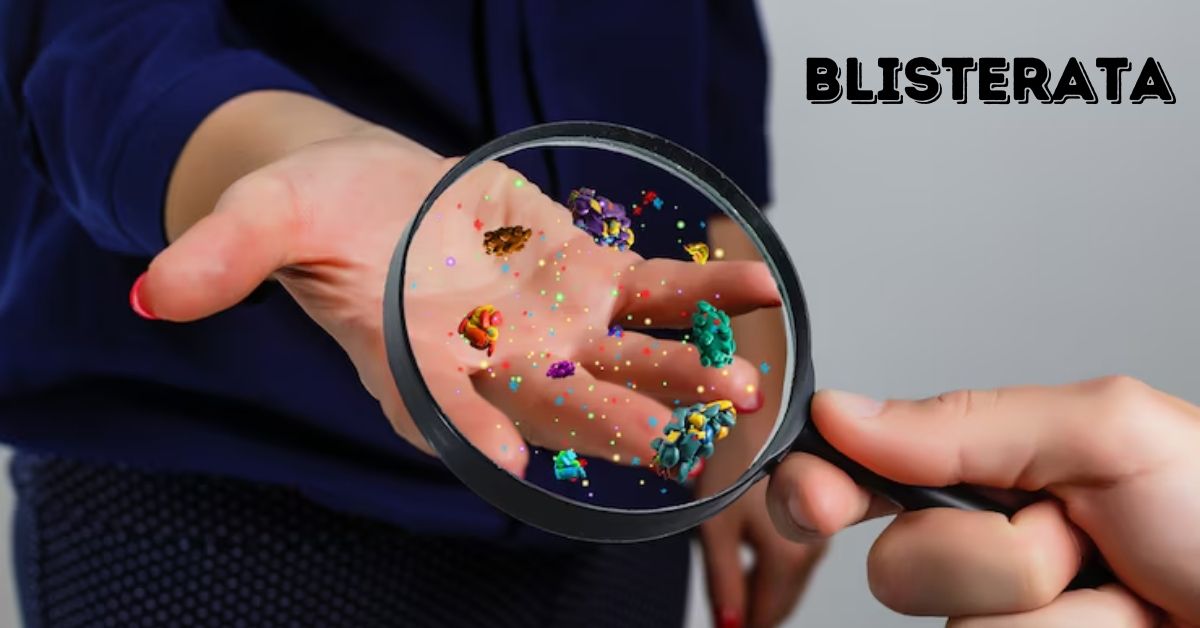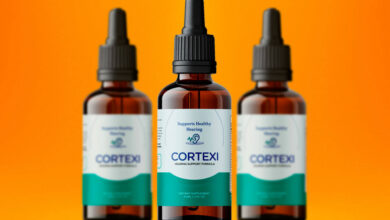Blisterata: Causes, Benefits, Symptoms, and Treatment Options

Blisterata is a skin condition characterized by the formation of blisters as a response to various external and internal factors. These blisters can vary in size and severity, impacting not only the physical health of an individual but also their emotional well-being. This comprehensive article delves deep into the causes, symptoms, diagnosis, treatment options, prevention strategies, and coping mechanisms for Blisterata, aiming to provide a thorough understanding that aids in effective management and relief.
Understanding Blisterata
Blisterata refers to a condition where blisters form on the skin due to damage or irritation. A blister is a small pocket of body fluid (lymph, serum, plasma, blood, or pus) that forms in the upper layers of the skin, typically caused by friction, burns, or other injuries. Understanding the exact nature of these blisters is crucial for diagnosis and treatment, as they can also be symptomatic of underlying medical conditions.
The prevalence of Blisterata varies widely depending on the underlying causes. Friction-induced blisters are common among athletes and individuals engaged in physical activities, while burns and chemical exposures are frequent in specific occupational hazards. Understanding these demographic variances is key to developing targeted preventive measures and treatments.
Causes of Blisterata
One of the most common causes of Blisterata is friction or pressure exerted on the skin. This is often seen in individuals who wear ill-fitting shoes or clothing, leading to repeated rubbing against the skin. Continuous pressure can disrupt the integrity of the epidermis, the outermost layer of skin, resulting in blister formation. Recognizing and mitigating these friction points is essential for prevention and immediate relief.
Burns from heat, chemicals, or excessive sun exposure are significant causes of Blisterata. These burns damage the skin cells, prompting the body to form fluid-filled blisters as a protective response to shield the underlying tissue and aid in the healing process. It is important to treat these burns promptly to prevent complications such as infection or further damage.
Various dermatological conditions like eczema, psoriasis, and herpes can lead to the development of Blisterata. These conditions weaken the skin barrier, making it more susceptible to blister formation. Identifying these underlying conditions through medical diagnosis is crucial as it guides the specific treatments needed to control the blisters alongside managing the primary disease.
Allergic reactions to medications, new skincare products, or environmental allergens like poison ivy can trigger Blisterata. These reactions may cause intense itching and blistering, which demands immediate attention to identify the allergen and prevent further exposure.
Benefits of Blisterata
Improved Diagnosis: A thorough understanding of Blisterata helps healthcare providers make accurate diagnoses, preventing misdiagnosis and ensuring that patients receive appropriate treatment.
Effective Treatment: Knowledge about Blisterata enables targeted treatment that can alleviate symptoms more quickly and prevent complications such as infections.
Enhanced Prevention: Understanding the causes and risk factors of Blisterata leads to better preventive measures, reducing the incidence of the condition among susceptible individuals.
Personal Empowerment: Patients who are educated about their condition feel more in control of their health and are better equipped to make informed decisions regarding their care.
Reduced Stigma: Increased awareness and understanding of Blisterata can help reduce the stigma associated with visible skin conditions, leading to greater empathy and support from society.
Cost-Effectiveness: Early detection and management of Blisterata can significantly reduce medical costs by preventing severe complications that require extensive and expensive treatment.
Quality of Life: With effective management, individuals suffering from Blisterata can maintain a higher quality of life, experiencing fewer symptoms and enjoying daily activities with minimal discomfort.
Symptoms of Blisterata
The initial symptoms of Blisterata include redness and slight swelling of the skin in the affected area. These signs may be accompanied by sensations of warmth or mild pain when touched. Recognizing these early signs can lead to quicker interventions, which can substantially mitigate discomfort and prevent the progression of symptoms.
As the condition progresses, small fluid-filled blisters begin to appear. These blisters can be itchy or painful and may burst, leading to potential infections if not properly managed. Monitoring the progression of these symptoms is vital for adjusting treatment plans and preventing complications.
Diagnosing Blisterata
Diagnosis of Blisterata typically begins with a thorough physical examination by a healthcare provider. During the exam, the provider will assess the blisters, noting their location, size, and general appearance. This initial evaluation helps to distinguish Blisterata from other skin conditions that might present with similar symptoms.
In ambiguous cases, a biopsy of the blister may be performed to rule out other dermatological conditions. Additional tests, such as blood tests or allergy testing, might also be necessary to identify any underlying conditions contributing to the blister formation. These diagnostic tools are essential for crafting a targeted treatment approach.
Treatment Options
Topical treatments, such as corticosteroid creams, are commonly prescribed to reduce inflammation and accelerate the healing process of the blisters. These creams help soothe the skin and prevent further irritation. Patients need to follow application instructions carefully to maximize the treatment’s efficacy and minimize potential side effects.
In cases where inflammation is severe or when topical treatments are insufficient, oral medications may be prescribed. These can include anti-inflammatory drugs or antibiotics if there is an infection. The use of oral medications needs to be closely monitored by a healthcare provider to ensure effectiveness and mitigate any adverse effects.
For persistent cases of Blisterata, light therapy may be recommended. This treatment involves exposing the skin to specific types of light to reduce inflammation and promote healing. Light therapy is generally considered safe but requires multiple sessions to achieve optimal results.
Prevention of Blisterata
Wearing appropriate clothing and protective gear is crucial in preventing Blisterata caused by friction and pressure. For individuals involved in sports or those whose occupations require physical labor, specialized padding or bandages can provide additional protection against repetitive rubbing.
Regular skin care, including the use of moisturizers, can enhance the skin’s elasticity and resistance to blister formation. It is also important to choose skin care products that are suitable for one’s skin type to avoid allergic reactions or further irritation.
Coping Strategies
Effective management of Blisterata involves keeping the affected area clean and dry, using sterile techniques to care for any open blisters, and avoiding known triggers that exacerbate the condition. Regular consultation with healthcare professionals can help tailor these practices to each individual’s circumstances.
Living with a chronic skin condition like Blisterata can be emotionally taxing. Psychological support through counseling or support groups can be beneficial in providing relief from stress and helping individuals cope with the condition. It is important for patients to seek help when needed and to utilize the resources available to them.
Living with Blisterata
Making lifestyle adjustments such as reducing stress, modifying activities to avoid excessive sweating or friction, and maintaining a healthy diet can help manage symptoms and improve overall skin health. These changes can be instrumental in living a fuller life despite the condition.
Long-term management of Blisterata involves regular monitoring and adapting treatment strategies as needed. Building a relationship with a dermatologist or specialist who understands the nuances of the condition can provide continuity of care and ensure the best outcomes.
Conclusion
Blisterata is a complex skin condition that requires a nuanced approach for effective management. Understanding the causes, recognizing the symptoms early, and implementing appropriate treatment and prevention strategies are key to managing this condition effectively. By staying informed and proactive, individuals suffering from Blisterata can lead fulfilling lives while minimizing the impact of this condition on their daily activities.
FAQs
Q1: What is Blisterata?
A1: Blisterata is a condition characterized by the formation of blisters on the skin due to various factors such as friction, burns, medical conditions, or allergic reactions. These blisters can cause discomfort and, if not properly managed, lead to complications.
Q2: What are the common symptoms of Blisterata?
A2: Symptoms include redness, swelling, and the appearance of fluid-filled blisters that may be painful or itchy. As the condition progresses, these blisters may burst and potentially lead to infection if not cared for properly.
Q3: How is Blisterata diagnosed?
A3: Diagnosis typically involves a physical examination by a healthcare provider, who will assess the blisters and their characteristics. In uncertain cases, additional tests such as a biopsy or allergy testing may be required to confirm the diagnosis.
Q4: What treatment options are available for Blisterata?
A4: Treatment can vary depending on the severity but often includes topical creams to reduce inflammation, oral medications for more severe cases, and light therapy for persistent symptoms. Proper skin care and avoiding known triggers are also crucial in managing the condition.
Q5: How can I prevent Blisterata?
A5: Prevention strategies include wearing properly fitting shoes and clothing to reduce friction, using moisturizers to maintain skin hydration, and avoiding exposure to known allergens or irritants. Additionally, protective padding can be used in areas prone to friction.
You may like to read about the following:
SSIS 816: A Comprehensive Guide to Microsoft’s Data Integration Tool
Mamgatoto: A Taste of Africa in the Heart of American Dining
The Ultimate Guide to Cassasse: History, Recipes, and Health Benefits
What Is Kecveto?: Everything You Need to Know
Dinah Mattingly: Biography, Age, Net Worth, Career, Everything to Know
For more information, Visit Celebrity World



